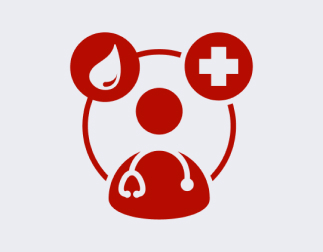Blood Disorder Fact Sheets
The following patient-focused fact sheets are produced by ASH in collaboration with patient organizations and printed in ASH Clinical News.
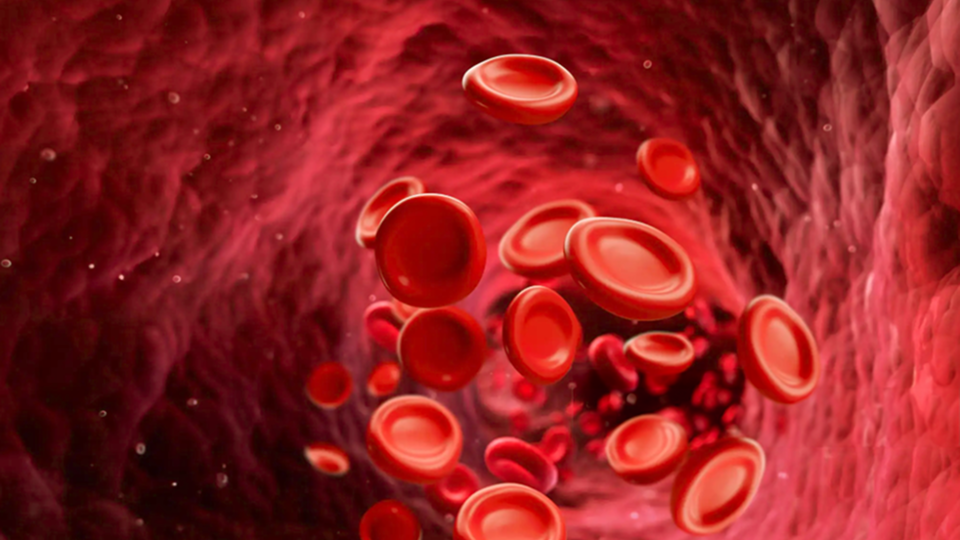
Hemophilia: Understanding Inhibitors
Patients with hemophilia (a blood clotting disorder) can develop inhibitors (also called antibodies) when they have an immune response to factor concentrates (the treatment for hemophilia). Treatment of inhibitors is one of the biggest challenges in hemophilia care because patients with inhibitors can face greater risk of bleeding and the technique to get rid of inhibitors requires specialized medical expertise, is expensive, and can take a long time.
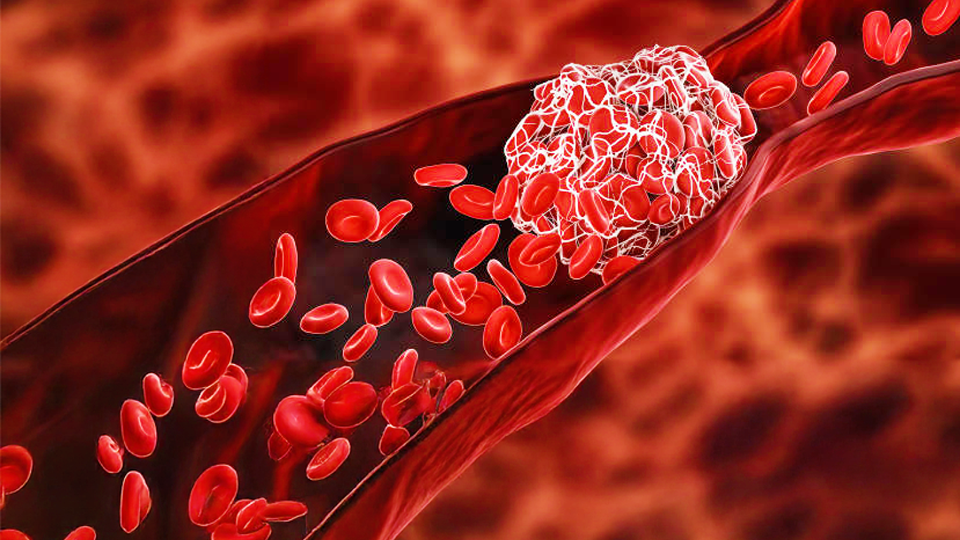
Understanding Blood Clots
As many as 900,000 people in the United States develop blood clots annually, and clots are responsible for approximately 100,000 deaths each year. Research has shown that fewer than one in four people has any recognizable signs and symptoms of a blood clot, so understanding the risk for blood clots is an important factor in identifying symptoms and seeking treatment in a timely manner.
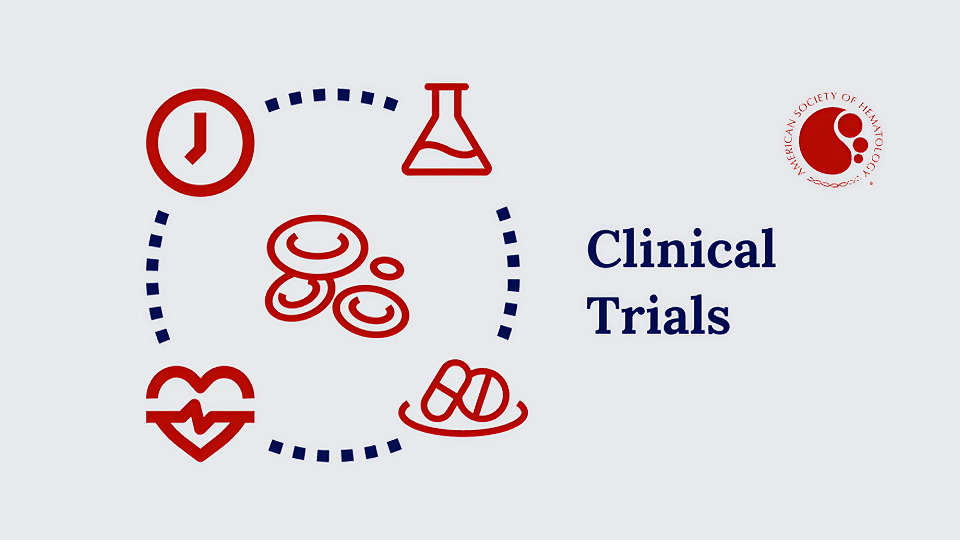
Navigating Clinical Trials
A clinical trial is a controlled research study conducted by doctors and medical researchers to improve the care and treatment of people who have hematologic disorders or cancer. Taking part in a clinical trial may be the best treatment choice for some patients. There are trials for patients at every stage of treatment as well as those in remission.
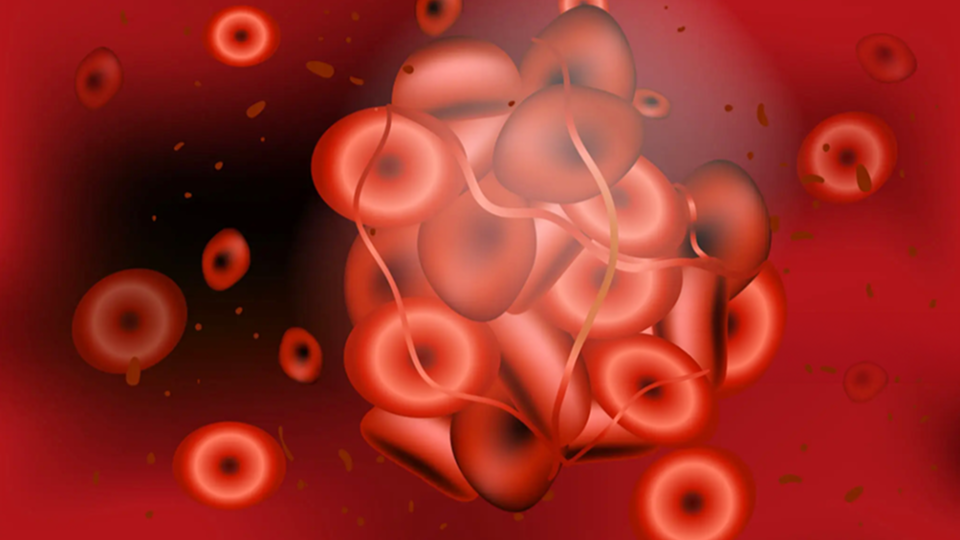
Women and the Risk of Blood Clots
Nearly 900,000 people are affected by blood clots each year, leading to approximately 100,000 blood clot-related deaths annually. Dangerous blood clots such as deep-vein thrombosis (DVT) often form in the veins of a person’s arm or leg.
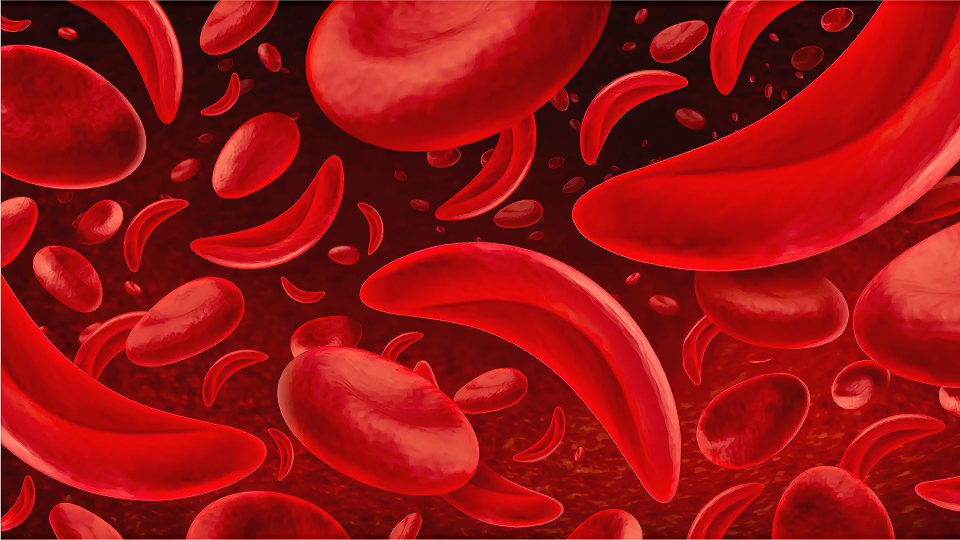
The Pediatric Patient Living With Sickle Cell Disease
Sickle cell disease (SCD) is the most common genetic disorder in the United States, with about 100,000 American who have the disease and another 2 million who carry the trait. As people live with SCD for years, management of this disease and healthy living are important components of care, particularly for the pediatric population.
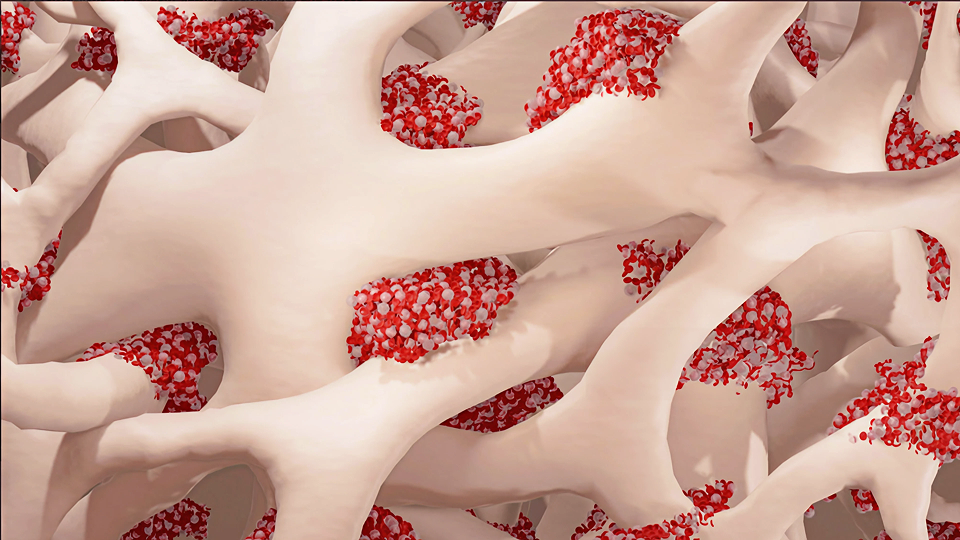
Understanding Bone and Blood Marrow Transplants
Bone marrow is the soft tissue inside the bones that makes blood-forming cells known as blood stem cells. These grow into red blood cells (carry oxygen throughout the body), white blood cells (help fight infections), or platelets (help control bleeding). Healthy marrow and blood cells are needed to live. When a disease such as cancer affects the bone marrow, the bone marrow may not function, requiring a marrow or cord blood transplant in some patients.
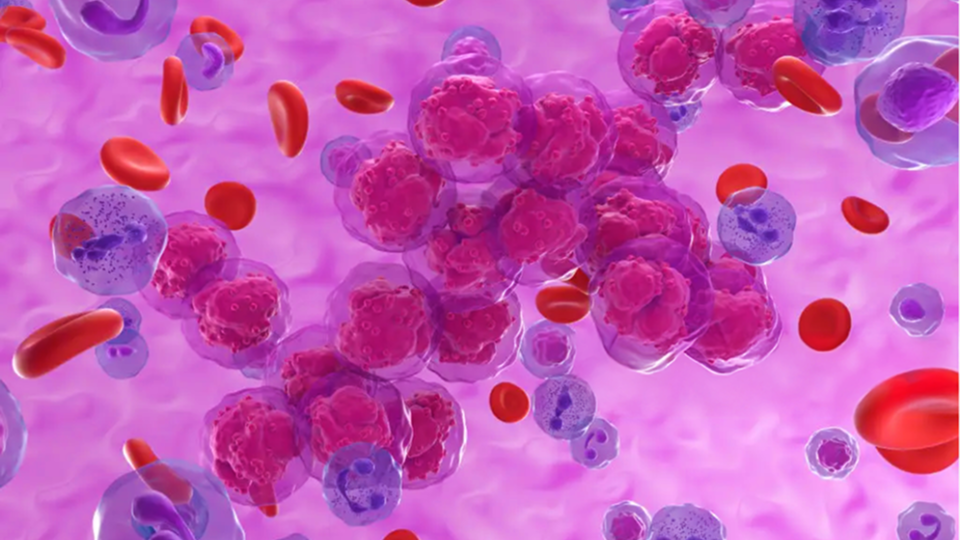
Chronic Lymphocytic Leukemia/Small Lymphocytic Lymphoma
Chronic lymphocytic leukemia (CLL) and small lymphocytic lymphoma (SLL) are cancers that affect the same lymphocytes, a type of white blood cell. CLL and SLL are essentially the same disease.
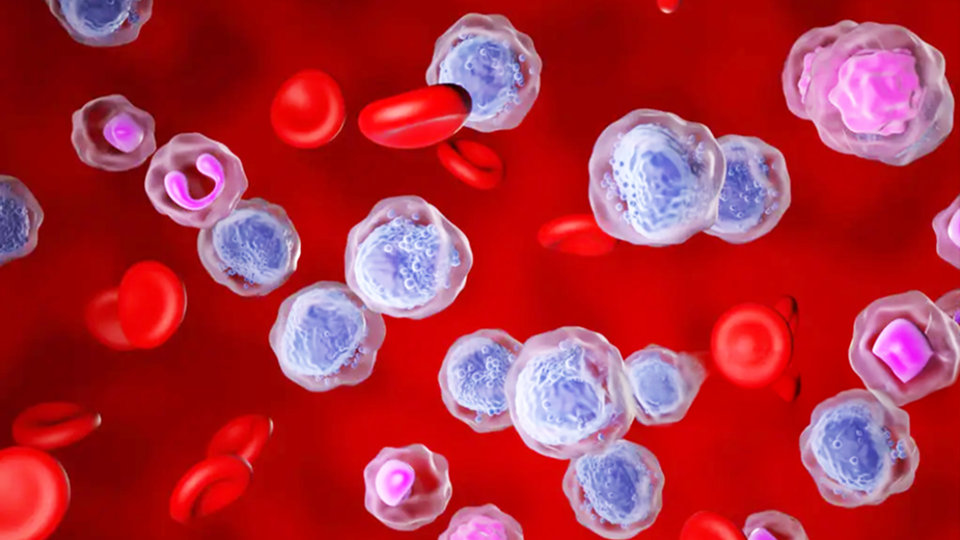
What Is Acute Myeloid Leukemia?
Acute myeloid leukemia (AML) is the most common acute leukemia in the United States, comprising 33 percent of all leukemias. The cancer progresses rapidly if not treated, making timely diagnosis an important goal.
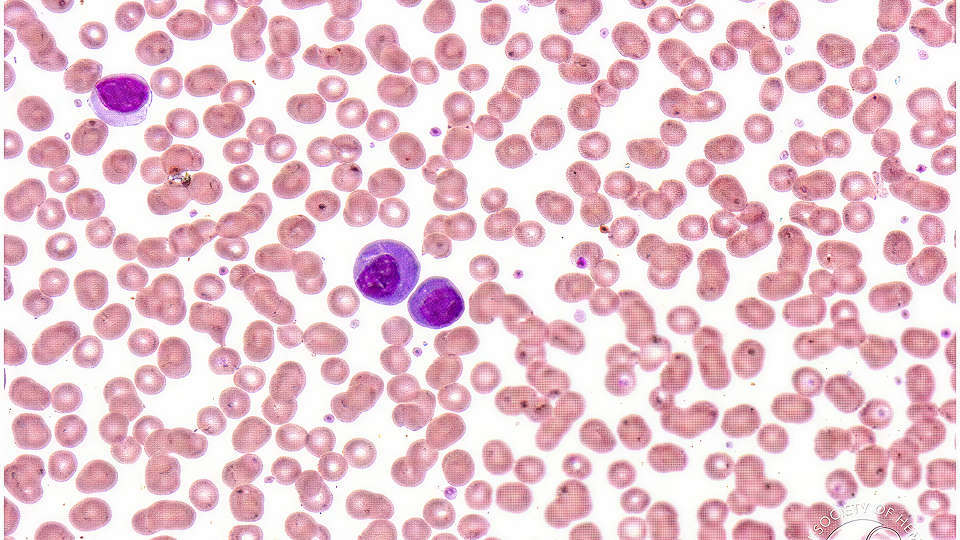
Understanding Light Chain Amyloidosis
Amyloidosis is a rare disease that occurs due to a buildup of protein in different vital organs throughout the body. The disease is often misdiagnosed and not well understood, so there is a growing need for education.
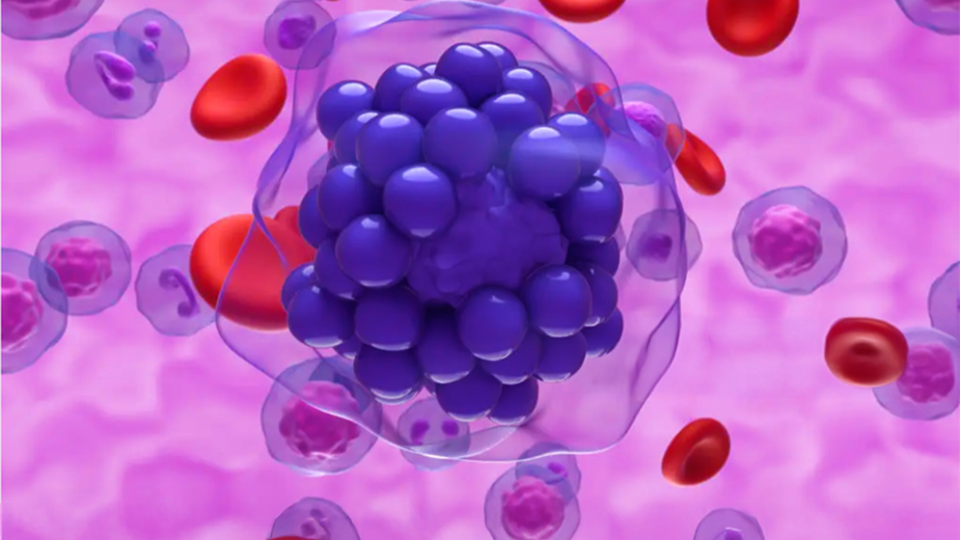
Understanding Transplant in Lymphoma
Hematopoietic cell transplantation (HCT), also called stem cell or bone marrow transplantation, is a treatment option for patients with blood cancers such as leukemia, multiple myeloma, or lymphoma.
Where Can I Find More Information?
If you are interested in learning more about blood diseases and disorders, here are a few resources that may be helpful.


